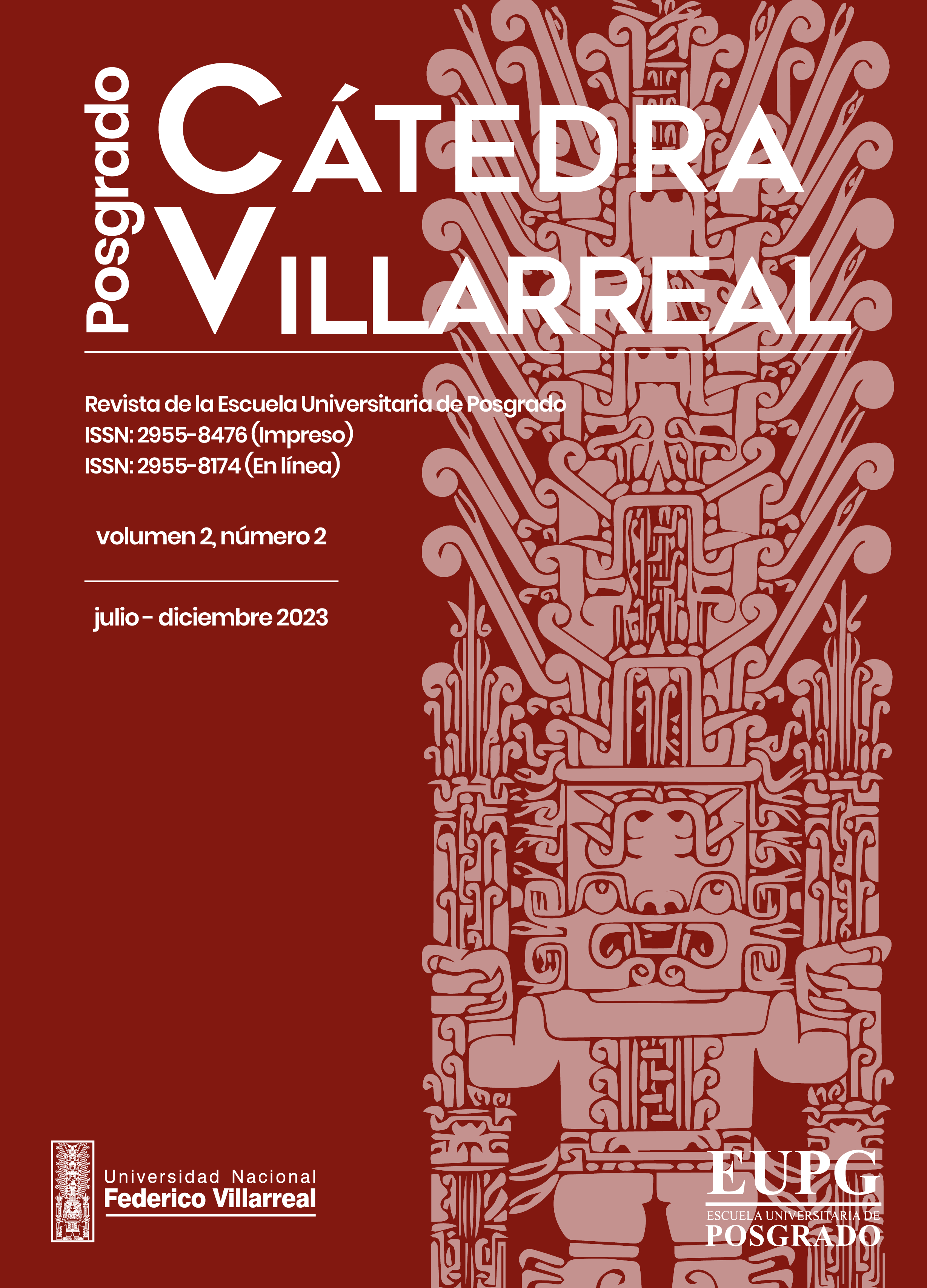Environmental impact due to use and management of chemical pesticides in apple cultivation San Antonio variety – Antioquía
DOI:
https://doi.org/10.24039/rcvp2023221696Keywords:
Apples, pests, pesticide management, environmental impactAbstract
The aim of the research was to determine the level of environmental impact due to the use and management of chemical pesticides in the cultivation of San Antonio variety apples, located in the Chillaco town center, Antioquia, with the purpose of contributing to the adequate management of chemical pesticides and achieving the sustainable agricultural development in the locality. Direct observation visits were made to the plots and a questionnaire was applied to the farmers (29) who confirmed that they dedicated themselves to the cultivation of San Antonio apples on a permanent basis. The results show that the most used chemical pesticides for the control of pests, diseases and weeds are: Tifon 4E, Cipermex super 10 CE, Ciclón, Tenaz 250 EW, Acarstin L600, Vydan 250 EC, DK-PRID 35% SC, Topas 100 EC and Roundup, among others, which contain active ingredients such as chlorpyrifos, cypermethrin, dimethoate, imidacloprid, cyhexatin, penconazole and glyphosate of moderately dangerous toxicological category. Regarding their management, 17.24% of farmers triple wash containers and collect them for sale, 31.03% triple wash and burn them, 51.72% triple wash and throw them into the environment. 100% use a stationary motor to spray; 100% apply the dose indicated in the pesticide technical sheet; 100% of farmers use incomplete personal protective equipment and 86.21% of farmers never received training. The level of environmental impact is high, due to the high toxicity of the pesticides used.
Downloads
Published
How to Cite
Issue
Section
License
Copyright (c) 2023 Benigno Paulo Gomez Escriba

This work is licensed under a Creative Commons Attribution-NonCommercial-ShareAlike 4.0 International License.
Eres libre de
- Compartir : copiar y redistribuir el material en cualquier medio o formato.
- Adaptar : remezclar, transformar y construir sobre el material.
El licenciante no puede revocar estas libertades siempre que cumpla con los términos de la licencia.
Bajo los siguientes términos:
- Atribución : debe dar el crédito apropiado , proporcionar un enlace a la licencia e indicar si se realizaron cambios . Puede hacerlo de cualquier manera razonable, pero no de ninguna manera que sugiera que el licenciante lo respalda a usted o su uso.
- No comercial : no puede utilizar el material con fines comerciales .
- CompartirIgual : si remezclas, transformas o construyes a partir del material, debes distribuir tus contribuciones bajo la misma licencia que el original.
- Sin restricciones adicionales : no puede aplicar términos legales ni medidas tecnológicas que restrinjan legalmente a otros hacer cualquier cosa que la licencia permita.
Avisos:
- No tiene que cumplir con la licencia para elementos del material que sean de dominio público o donde su uso esté permitido por una excepción o limitación aplicable.
- No se dan garantías. Es posible que la licencia no le otorgue todos los permisos necesarios para el uso previsto. Por ejemplo, otros derechos como publicidad, privacidad o derechos morales pueden limitar la forma en que utiliza el material.












